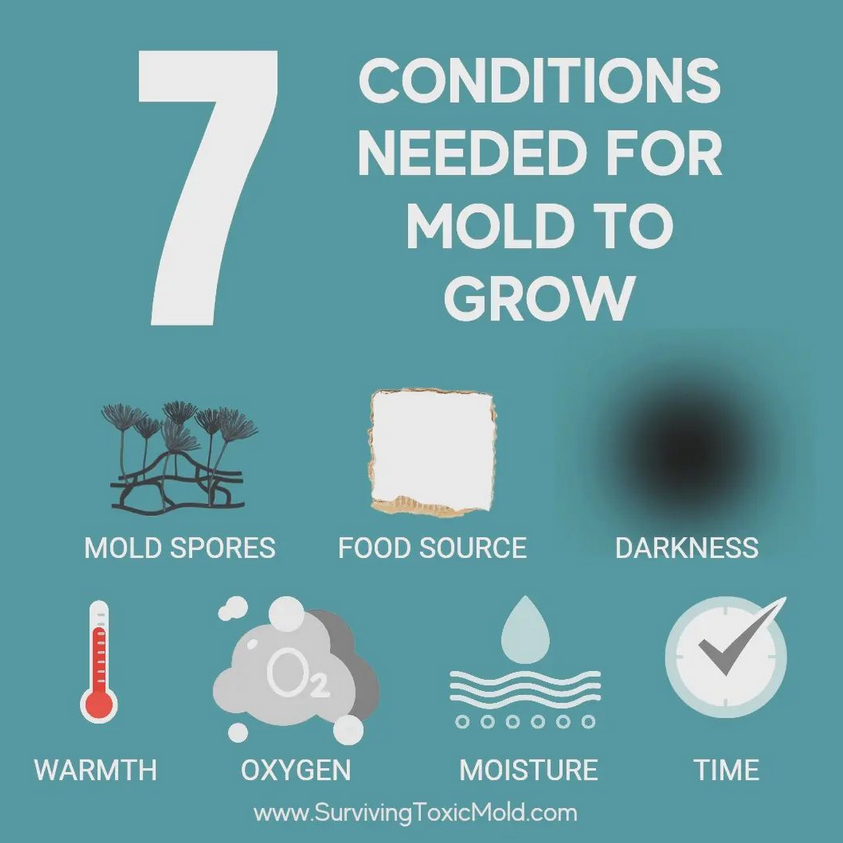Prevent Toxic Mold bymonitoring humidity and moisture levelsFirst, we need to understand how mold grows. There are 7 conditions needed for mold to grow
Since we cannot always control toxic mold spores (every home has them) and the inside of our homes cannot always be surrounded by direct sunlight we can try to prevent mold from growing by controlling the "MAIN CAUSE" which are humidity, water and moisture levels. Of course, organic food sources, temperatures, oxygen and time are also of concern, but without moisture toxic molds cannot expand their colonies. In this page we will focus on moisture control and monitoring. MOISTURE CONTROL DEVICES Prevent Moisture from building up and activating molds spores in Bathrooms and Laundry Room areas How many times have you or your family members taken a shower, turned on the exhaust fan then walked out way before all of the moisture has left the bathroom? Or how many loads of laundry are you doing in one day, not realizing you are trapping moisture in your laundry room? Did you realize that by doing this 2-3 times per day you are actually causing moisture that is left behind to activate toxic mold spores. This is one of the main reasons of a high concentration of toxic mold found in bathrooms and laundry room or other wet areas in homes and businesses. Did you know that there is a technology that can actually keep your fan running until ALL of the humidity has left the room. Even after you've left the bathroom or are done with your laundry? It's a genius invention that can be used as yet another home prevention technique to avoid future mold problems in all wet areas of your home including showers, toilet rooms, washing rooms, laundry areas or pet washing and janitorial spaces. In this video "Weekend Workbench" will demonstrate how to install a "Humidistat" sensor and fan contol into your current exhaust fan. Prevent Moisture from building up in attic spaces Moisture in attics has "several causes", which we won't go into here in this post, but once you have moisture in your attic, it needs to escape the attic or it will cause toxic molds to grow. Poor attic ventilation can result in trapped air. When this air is also damp, this is what can lead to the build up or what is called condensation. That condensation is what activates mold spores to colonize. Depending on how much mold has damaged your attic and roofing you could be potentially looking at over $20,000 to replace beams, insulation and even the roofing itself if it's that bad. There is a technology that can work WITH your attic fan that can keep your attic free of moisture. It's a genius invention that can be used as yet another home prevention technique to avoid future mold problems in your attic. In this video "GAF Roofing" will demonstrate how to install a "Humidistat" sensor and fan control into your current attic exhaust fan. Prevent Moisture from building up in crawl spaces or basements by installing a self-draining dehumidifier MOISTURE MONITORS One way to make sure that each room in your home is below the proper moisture levels is to monitor your home's humidity/moisture levels using a moisture "monitor". There are many moisture monitors on the market and most all of them do a great job of identifying the percentage of water verses dryness in the air. Below are 6 examples of locations in my home where I have moisture monitors set up in various areas. |







